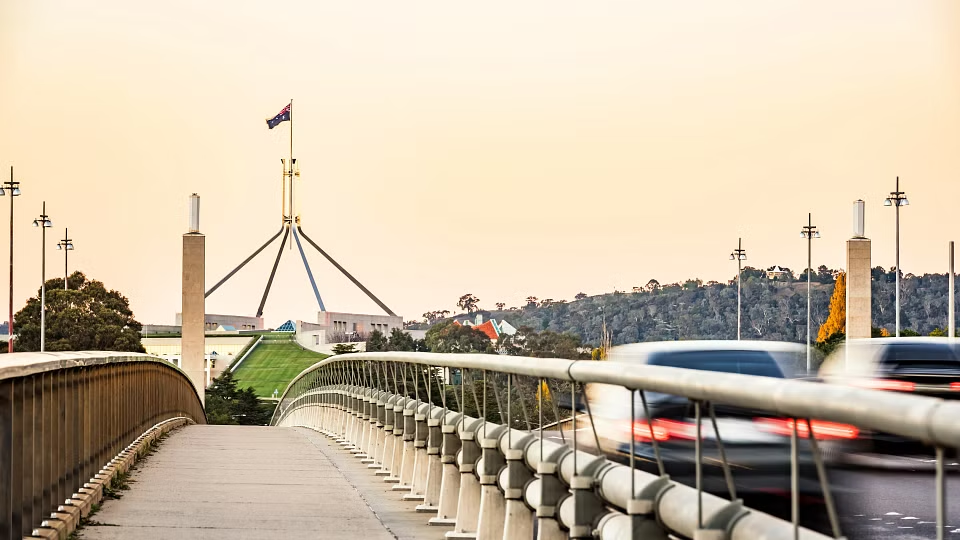
Australia’s suite of electric-vehicle tax incentives is forecast to cost taxpayers $23.4 billion over the next 11 years, according to Parliamentary Budget Office (PBO) modelling published in June and reported by the Australian Financial Review. The projected bill rises from an estimated $285 million this financial year to $4.25 billion by 2035-36, underscoring the scale of demand for policies designed to accelerate EV adoption.
At the heart of the cost is the Fringe Benefits Tax (FBT) exemption for eligible EVs under the Luxury Car Tax (LCT) threshold of $91,387 when purchased via novated lease arrangements. By allowing employees to pay for vehicles from pre-tax income, the policy can reduce the effective purchase price by up to a third compared with buying outright, significantly widening access to new EVs. Plug-in hybrids also qualified between 1 July 2022 and 31 March 2025.
Treasury figures suggest the take-up has exceeded expectations, with the measure affecting revenue by around $220 million last financial year, compared with an initial forecast of $55 million. Industry data indicates about 100,000 Australians entered novated leases between July 2022 and February 2025.
Beyond the FBT settings, the PBO attributes a substantial share of the projected cost to the ongoing exemption of import tariffs for EVs priced below the LCT threshold. It also includes the revenue foregone by retaining a higher LCT cap for fuel‑efficient vehicles-$91,387 versus the standard $80,567-covering models with official consumption under 7.0L/100km. Together, these measures contribute to a cumulative cost of $3.17 billion by July 2029 and $23.4 billion by mid-2036.
Policy debate intensifies
The modelling fed into a broader costing exercise of election commitments, including a pre-election pledge by the Federal Opposition to wind back EV tax breaks. The numbers have sharpened focus on whether incentives remain the most efficient way to curb transport emissions now that the New Vehicle Efficiency Standard (NVES) is in place.
Earlier this month, the Productivity Commission urged governments to phase out EV-specific subsidies such as the FBT exemption, along with state-based stamp duty and registration concessions. The Commission argued the programs overlap with the NVES and can cost between $1,000 and $20,000 per tonne of CO2 abated-well above alternative climate measures. In its view, the NVES should serve as the primary lever to reduce fleet emissions because it incentivises a broader mix of technologies, from full battery-electric vehicles to cleaner internal-combustion models, allowing manufacturers to meet targets at lower overall cost.
Industry response
The Electric Vehicle Council has rejected calls to scrap incentives now, contending that removing support just as Australia begins to align with global efficiency standards would be premature. Advocates argue targeted incentives help bridge the price gap while EV supply scales up, local charging networks mature, and manufacturers respond to the NVES with more affordable models.
Equity and revenue questions
Critics of subsidies counter that many beneficiaries are higher-income earners who could afford an EV without taxpayer support. With the Federal Government convening a roundtable of economic and industry leaders in Canberra this week, the future of EV incentives is likely to feature in discussions.
Also on the agenda is the longer-term replacement of fuel excise with a distance-based road-user charge-a move that would bring EVs into the road-funding net as petrol and diesel revenues shrink. Any shift will require careful design to ensure fairness across vehicle types and across urban and regional Australia.
What happens next
With the NVES now legislated, policymakers face a choice: continue using incentives to accelerate EV uptake in the short term, or consolidate around the efficiency standard and redirect public funds to other priorities such as charging infrastructure, grid readiness, or broader decarbonisation efforts. The PBO’s projections provide fresh impetus for a comprehensive review of how Australia pays for the EV transition-and how the benefits are shared.
Conclusion
The PBO’s $23.4 billion forecast highlights both the popularity and fiscal weight of Australia’s current EV incentives. The policy challenge is to balance rapid emissions reductions, market development, equity, and budget discipline. Whether Canberra doubles down on the NVES as the primary decarbonisation tool, refines existing incentives, or develops new revenue mechanisms such as a road-user charge, the next phase will define the pace and shape of Australia’s shift to cleaner transport.
FAQs
What is the FBT exemption for EVs?
It removes Fringe Benefits Tax on eligible battery-electric vehicles (and earlier, plug-in hybrids) under the LCT threshold when acquired via novated lease, lowering the effective cost to employees.
Which vehicles qualify?
Generally, EVs priced below the $91,387 LCT cap for fuel‑efficient vehicles. Eligibility depends on meeting criteria in the legislation and how the vehicle is financed.
How many Australians have used novated EV leases?
Around 100,000 people took out novated leases between July 2022 and February 2025, according to the National Automotive Leasing and Salary Packaging Association.
Why is the Productivity Commission urging an end to EV incentives?
It argues that EV-specific subsidies duplicate the NVES, deliver expensive abatement per tonne, and that the efficiency standard can achieve broader, more cost-effective emissions cuts across the new-car market.
What is the NVES?
The New Vehicle Efficiency Standard sets CO2 targets for new cars sold in Australia, encouraging carmakers to bring in cleaner models-including EVs and more efficient petrol and diesel vehicles-to meet fleet-wide targets.
Will incentives be scrapped?
No decision has been made. The Government is engaging stakeholders, and any changes would likely be phased and linked to broader reforms, including how roads are funded as fuel excise declines.
What is a road-user charge?
A proposed distance-based fee that could eventually replace or supplement fuel excise, ensuring all vehicles-including EVs-contribute to road maintenance and infrastructure.
About EV Evolution
EV Evolution is the leading online platform dedicated to Australian electric vehicle owners and enthusiasts. We foster a vibrant community, delivering essential EV news and insights, and enhancing user engagement through our innovative, AI-powered chatbot for dynamic discussions. Our mission is to empower Australian electric vehicle owners and enthusiasts by fostering a vibrant, AI-driven online community that connects, informs, and advances the nation’s electric vehicle landscape.]




